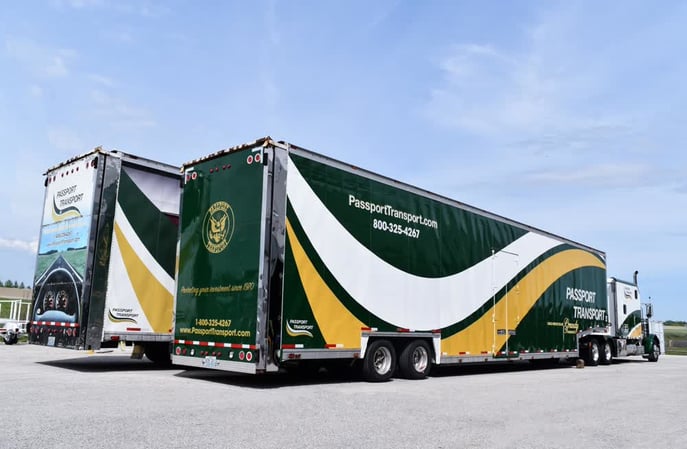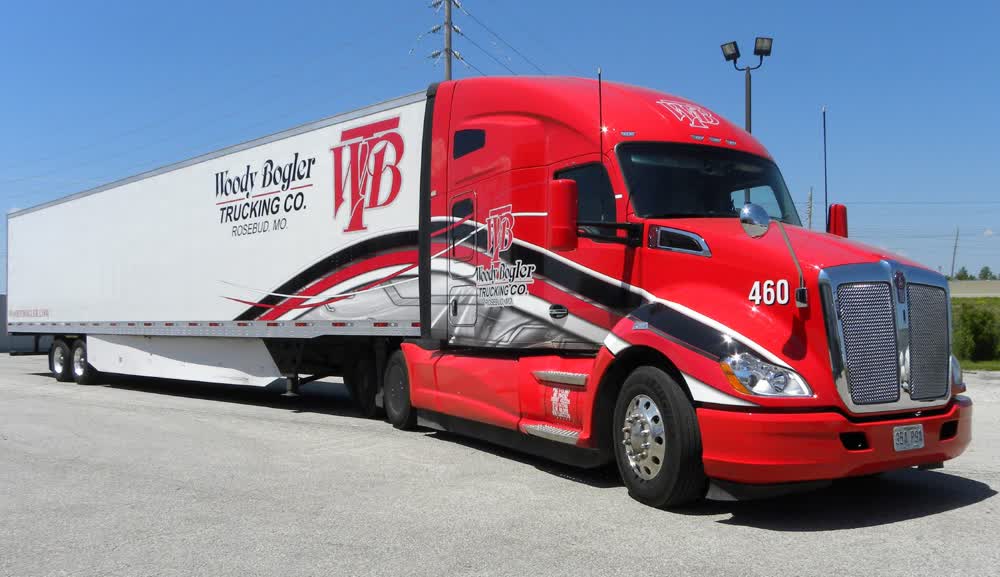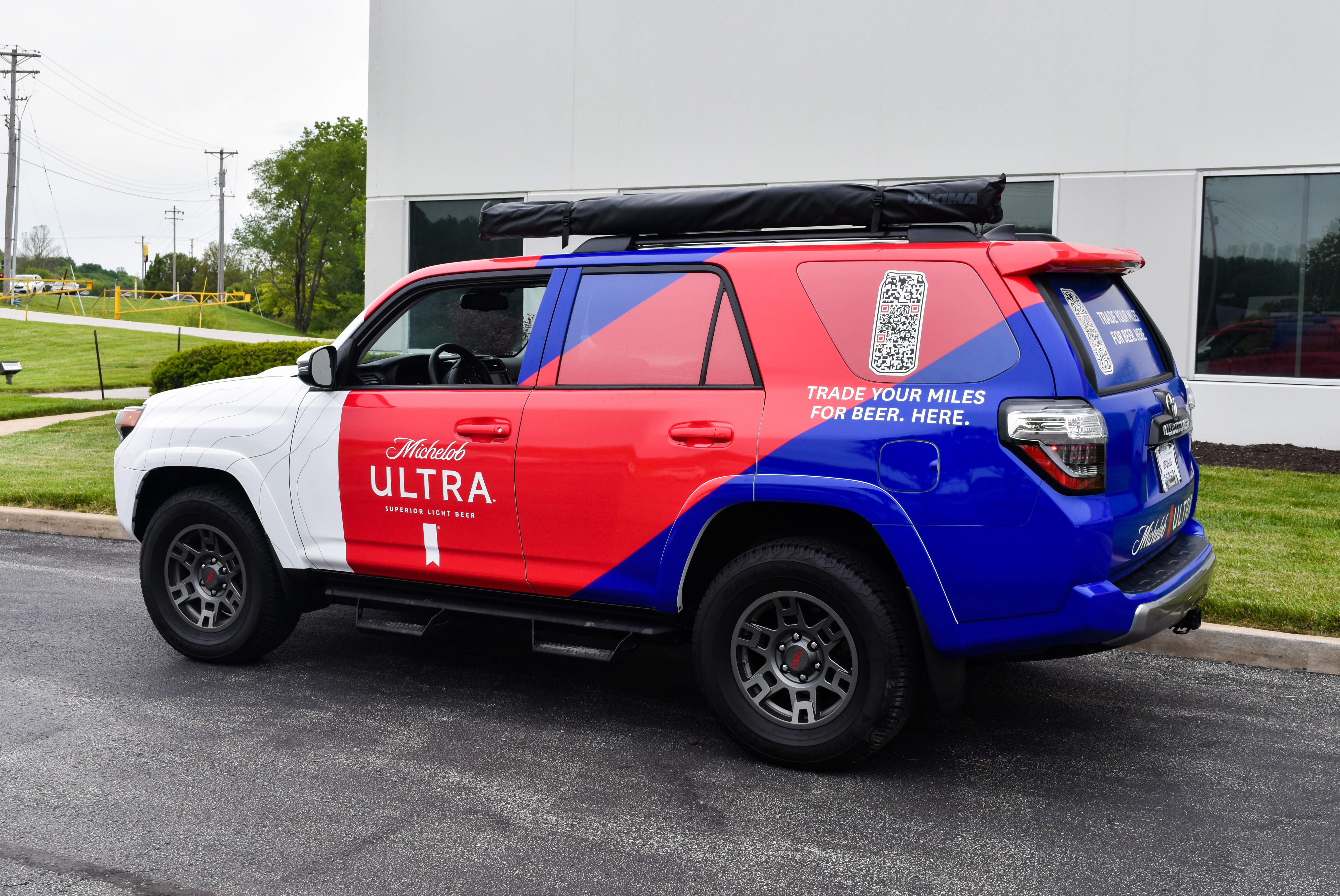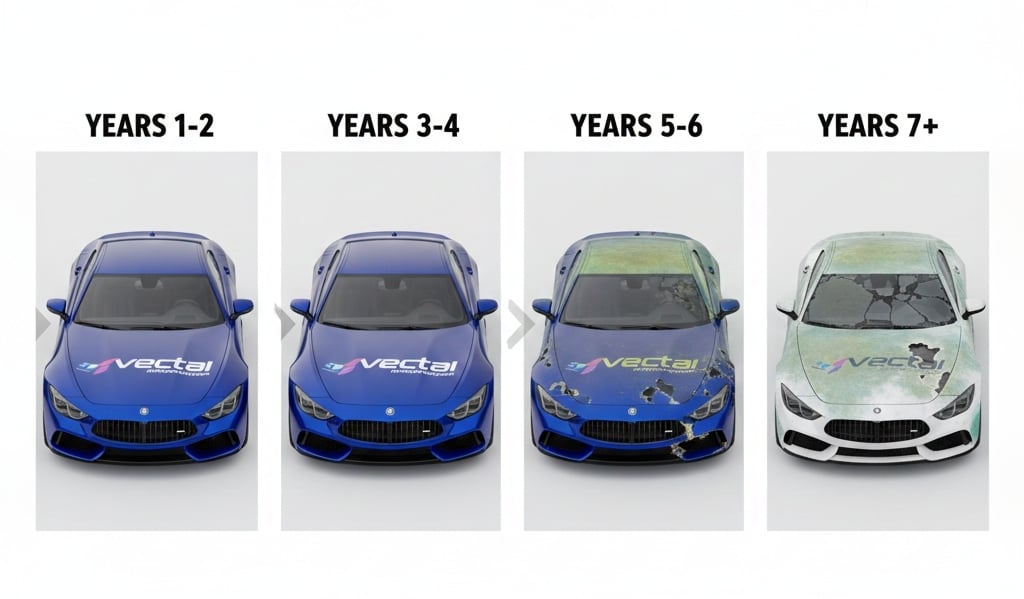Avoid These Common Mistakes in Vehicle Wrap Design
Vehicle wraps can turn your company’s fleet of vehicles into advertisements on wheels. Fleet graphics are cost-effective and high-impact. They...


You don’t have to worry about harsh weather conditions damaging your digital banner ads and email newsletters. As digital media, they are impervious to the elements. While high-quality branded vehicle and fleet wraps can be impactful marketing assets and great investments, you will want to know how to take care of and protect them year-round. Allowing your car wraps to become ripped, tattered, or faded will reflect back poorly on your company or brand.
Winter brings cold, wet conditions and salted roads. These factors and more can wear on your vinyl vehicle wraps, making them more difficult to maintain. Luckily, some easy-to-follow tips will help ensure that your car wraps will continue to look vibrant all year long.
Salt used to keep roads safe during icy and snowy conditions can be terrible on a car's exterior. This is especially true with vinyl vehicle wraps. Road salt can dry out and break down the integrity of the wrap, causing cracking and tearing. If the roads you are driving have been salted, be sure to take the time to remove as much salt as possible from the vehicle's body once you have arrived at your destination.
Generally, you should wash your vehicle with water around once a week throughout the winter to minimize salt damage. Allowing salt and other solutions coming from the road to build up on the car's exterior can shorten the lifespan of your vinyl wrap.
Obviously, you will need to remove ice and snow from any vehicle before driving. This precaution is both for safety reasons, as well as for marketing purposes. If you have invested in a custom car wrap, you want the public to be able to see it. Removing snow needs to be done carefully, though.
Never use snow shovels, ice scrapers, or hard bristle brushes on your vehicle's vinyl wrap, as they can cause scratching and tearing. A soft microfiber cloth or a soft brush should be enough to remove any snow and ice. Try starting up the vehicle first, waiting for it to heat up, and allowing time for the majority of the snow to melt. Then, wipe it down. For windows that are also wrapped, always use the vehicle’s defroster instead of scraping them.
When washing your vehicle wrap, you should always avoid oil-based cleaners and any other harsh solvents and cleansers. Other things that should never be used on a vinyl wrap include kitchen and bathroom cleaner, oven cleaner, abrasive polish, engine degreaser, orange oil, and polishing wax.
Solutions that are safe to use include warm soap and water mixtures, mild shampoos or detergents, and isopropyl alcohol solutions made from alcohol and water. Any alcohol solutions, however, should primarily be used for spot cleaning and not all over the vehicle’s wrap.
The best and safest way to clean your vehicle wrap is with water alone. If you choose to do this, however, be sure that your water pressure is always on a low setting. Rinsing with high-pressure water streams can cause the peeling, fading, and cracking of your vinyl wraps.
A low-pressure setting at the car wash or your personal garden hose should be fine, but never use a high pressure washer on a vehicle wrap. There are spray nozzles meant for removing stains or paint with water pressure, which could also be much too harsh for vinyl and should not be used. Any water pressure used on the wrap should be kept below 2,000 psi.
Using water that is too hot could also damage and even melt the vinyl. The water temperature should never go above 140℉.
When not in use, storing your wrapped vehicle indoors or under a covered structure will help to protect it in the winter. Graphics printed on vinyl can fade in harsh sunlight. Storing the vehicle indoors will also prevent dew, rain, or snow build-up.
If you do not have a covered structure, consider investing in a cloth car cover. This will provide some protection from the harshest outdoor elements. If you notice your car’s wrap showing discoloration or browning, you should promptly have the wrap removed and replaced to prevent damage to the paint job on the vehicle beneath.
Giving extra care to your vinyl vehicle wraps in the winter will have them looking fresh year-round. A high-quality wrap especially on larger fleet trailers can last for years, so it is important to maintain your investment if you do not want to change it consistently.
Car and vehicle fleet wrap graphics can including those on mobile medical vehicles can make a big impact as part of a brand’s marketing strategy. With daily drives, the graphic design elements featured on your vehicles, such as logos, brand colors, and chosen messages, will see a very wide reach. Keeping vinyl wraps especially vehicle branding solutions salt-free and protected from the harsh winter elements is vital to the health of your wrap and to the success of this mobile marketing technique.

Vehicle wraps can turn your company’s fleet of vehicles into advertisements on wheels. Fleet graphics are cost-effective and high-impact. They...

Ever since the invention of the automobile, businesses have recognized the marketing potential they provide. From Coca-Cola’s annual Christmas...

Vinyl car wraps offer a versatile upgrade for both businesses and individuals, transforming vehicles into mobile billboards while providing paint...